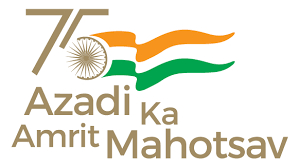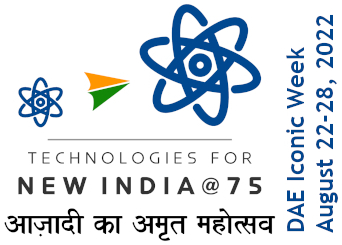Biographical Memoirs :: MEGHNAD SAHA
THE name of Professor MEGHNAD SAHA would always remain associated with the theory of thermal ionization and its application to the interpretation of stellar spectra in terms of the physical conditions prevailing in the stellar atmospheres. The theory had all the simplicity and inevitableness which usually characterize a fundamental and epochal contribution. It was almost a direct consequence of the recognition that the laws of thermodynamics and the kinetic theory of gases can be extended to a gas of free electrons. Apart from astrophysics, the theory later found numerous other important applications, such as, to mention some of them, in the study of the ionosphere, conductivity of flames, electric arcs and explosion phenomena. Saha's researches in astrophysics and physics extended over a wide range of subjects. At one time or the other he worked on stellar spectra, thermal ionization, selective radiation pressure, spectroscopy, molecular dissociation, propagation of radio waves in the ionosphere, solar corona, radio emission from the sun, beta radioactivity, and the age of the rocks. Besides physics he took a keen interest, at times almost bordering on the professional, in ancient history and archaeology. He was a devoted and inspiring teacher, and he gave his time generously to his students. He organized active schools of research at Allahabad and Calcutta; and in establishing the Institute of Nuclear Physics at Calcutta, in building the laboratories of the Indian Association for the Cultivation of Science, and in founding academies of sciences in India, his role throughout was of the utmost importance. He, more than anyone else, was responsible in starting the monthly journal Science and Culture, and he was its editor for many years. He was from the beginning a member of the Council of Scientific and Industrial Research constituted by the Indian Government in 1942, and member (or chairman) of several of the research and other committees of the Council. He was the Chairman of the Council's Indian Calendar Reform Committee. He was an elected independent member of the Indian Parliament. He took the keenest interest in problems of national planning, particularly in relation to science and industry. He was an active member of the National Planning Committee appointed by the Indian National Congress in 1938 with Jawaharlal Nehru as chairman. In his criticism of things and men, Saha was fearless and trenchant, and he was motivated by a deep earnestness and sincerely, though often tenaciously, held convictions. His memory and versatility were amazing. He was extremely simple, almost austere, in his habits and personal needs. Outwardly, he sometimes gave the impression of being remote, matter of fact, and even harsh, but once the outer shell was broken, one invariably found in him a person of extreme warmth, deep humanity, sympathy and understanding; and though almost altogether unmindful of his own personal comforts, he was extremely solicitous in the case of others. It was not in his nature to placate others. He was a man of undaunted spirit, resolute determination, untiring energy and dedication. On 16 February 1956, on his way to the Office of the Planning Commission in New Delhi, he succumbed to a sudden heart-attack (some hundred yards from the Office of the Commission) and at the age of sixty-two, a career superb in science and great in its promotion and dissemination was tragically closed.




